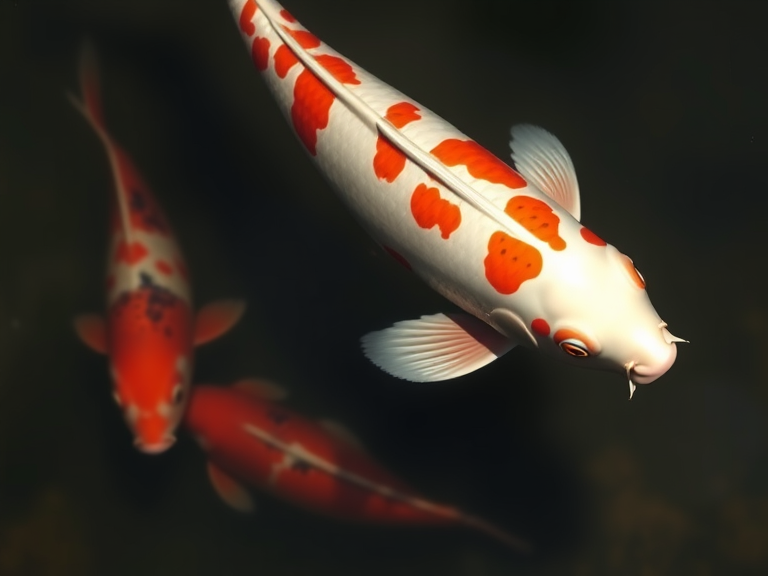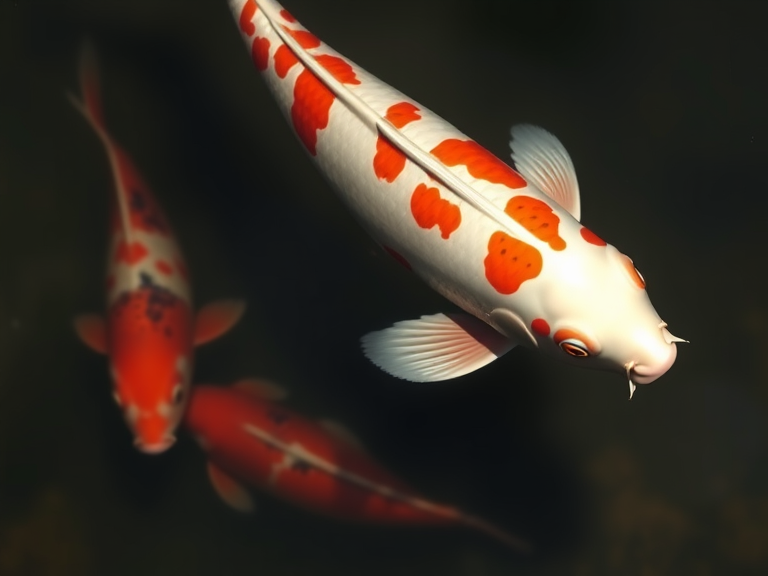
Koi fish are known for their beauty and resilience, but maintaining the right water conditions is essential for their health and longevity. Poor water quality can lead to stress, diseases, and even death. Understanding the key factors that affect koi pond water will ensure your fish remain vibrant and healthy.
Ideal Water Temperature
Koi fish thrive in water temperatures between 15°C and 25°C (59°F – 77°F). Extreme temperatures can stress koi and weaken their immune system. Consider these seasonal adjustments:
- Summer: Provide shade or aeration to prevent overheating.
- Winter: If temperatures drop below 10°C (50°F), reduce feeding as koi’s metabolism slows down.
Avoid sudden temperature fluctuations, as they can cause stress and illness.
Maintaining Proper pH Levels
The ideal pH level for koi ponds is between 7.0 and 8.5. A stable pH prevents harmful conditions such as acidic or alkaline water, which can damage koi’s skin and gills.
- Test the water regularly to monitor pH levels.
- If pH is too low, adding crushed coral or baking soda can help stabilize it.
- If pH is too high, use peat moss or water changes to balance it.
Oxygenation and Filtration
Koi require oxygen-rich water to stay healthy. Proper aeration prevents stagnation and ensures koi receive enough oxygen. You can achieve this by:
- Installing an air pump or waterfall: Enhances oxygen levels and water circulation.
- Using a high-quality filter: Removes waste and keeps water clear.
- Avoiding overcrowding: Too many fish can reduce oxygen levels and increase waste.
Regularly cleaning the filter and performing water changes will maintain optimal water quality.
Ammonia, Nitrite, and Nitrate Control
Toxic substances like ammonia and nitrites can accumulate from fish waste and uneaten food. High levels can cause serious health problems. To prevent this:
- Perform regular water changes (at least 10-20% weekly).
- Ensure the biological filter is functioning properly to break down toxins.
- Avoid overfeeding, as excess food leads to more waste.
Keeping these levels low ensures a safe and healthy environment for koi.
Algae and Water Clarity
Algae growth is common in koi ponds, but excessive algae can deplete oxygen and cloud the water. To control algae:
- Add aquatic plants like water lilies to compete for nutrients.
- Use UV sterilizers to reduce algae growth.
- Maintain proper filtration to keep water clean.
A little algae is natural, but too much can be harmful to koi health.
Conclusion
Creating and maintaining the best water conditions for koi fish is essential for their well-being. By keeping the water temperature stable, ensuring proper filtration, and monitoring chemical levels, you can provide a thriving environment for your koi. Clean, well-oxygenated water helps koi grow healthier, live longer, and display their vibrant colors beautifully.

